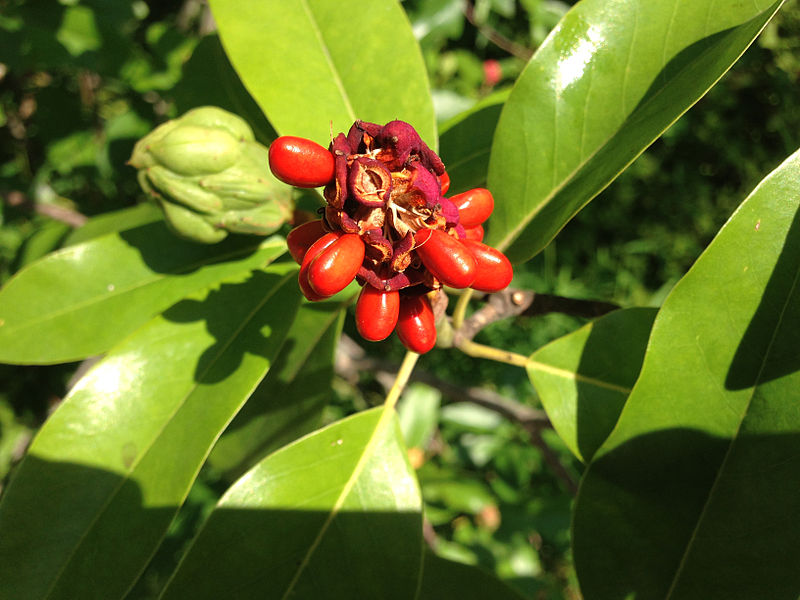Native Trees for Richmond

When you consider the top native trees that you can cultivate in Richmond you may need to have a list … perhaps perhaps two lists!
Richmond is unique in the sense that it’s located in”the “fall line” which is an area defined by rapids and waterfalls as two geomorphological zones merge and create the city that is separated by two completely different types of soil.
The western part of the city is located on the Piedmont Plateau and is home to dense soils made up of bedrock that has been weathered deeply These soils are considered to be very fertile and are prized for their agricultural potential within areas in the Southern portion that lies on top of this plateau. The eastern portion of Richmond is located in the Atlantic Coastal Plain and the soils are made up of marine deposits, sandy soils with subsoil that is clayey.
The differences in soil texture can cause a major variation in water retention and drainage, which is why it’s important to select native trees that are able to withstand dry and wet conditions of the soil. In this regard this is my list of the most native trees you can plant located in Richmond.
1. Eastern Redbud
This Eastern redbud (pictured above) is a stunning native flowering tree that can enhance the beauty of your Virginian landscape. The Eastern redbud can grow up to 30 feet tall and is suited to different soils which can tolerate alkaline and acidic conditions, loams, sands, as well as clay soils. This makes it an ideal choice to any soil type.
Cercis canadensis presents a stunning show in spring. small, magenta-colored buds grow into rosy pink blossomslasting for three weeks. Then, the red heart-shaped leaves open and turn to a deep-green color over the summer. They then turn bright yellow in the fall.
2. Sweetbay Magnolia
It is also known as sweetbay magnolia, or just sweetbay, this tree is a great choice for small spaces. It can take on both moist soils as well as dry conditions. Sweetbay can grow to about 10 to 20 feet when mature, and is a good choice for full shade to partially shade spots. Dark-green, glossy leaves measure about 3 to 5 inches long and feature an underside with silver. White flowers that are creamy-white bloom in late May or early June , to guard against damage caused by spring frost. They have a slight lemon scent. Red fruit clusters attract wildlife.
Sweetbay magnolias also cause less mess in the yard than some cultivars of magnolia. For homeowners there is less mess to be good!
3. Bald Cypress
A sort of unicorn, the Bald Cypress is a conifer that is deciduous, which means that it sheds its needles every winter (after changing into a gorgeous red-orange color in autumn) and then grows an entirely new set in the spring. Bald cypress plants are adaptable to various soil types, including wet and swampy areas, but they can also take dry soil. The heartwood is invulnerable to decay, and mature trees can grow into massive size with a lifespan of at least 600 years under appropriate conditions of growth.
4. Black Gum
In contrast to the sweetgum, which I advised against plant the area around San Antonio, the black gum tree is the top choice for the Richmond region. It is also known as Tupelo. also known as Tupelo originates from USDA growth zones 4, to 9 and has a higher percentage of competition than other deciduous hardwoods with regard to the fall and spring colors. (Richmond is fairly well-centered within this range of growing zones between sevena as well as sevenb). Dark-green glossy leaves transition towards shades of yellow vibrant red, orange scarlet, and purple in autumn. The bark is deeply ridged, at its mature stage it reminds us of the skin of alligators.
Black gum can adapt to changing weather conditions and can withstand areas that are wet, while also being immune to dryness. Trees prefer full-sun locations to get the most stunning fall colour, however they will thrive in partial shade, too.
5. Willow Oak
An ancestor of the family of red oak trees and not the aggressive willow, the willow oak is among the most sought-after 100 trees throughout the United States. An ideal option for shade trees, the willow oak boasts beautiful willow-like leaves which contributes to its appeal as an ornamental plant for landscaping. Arborists believe that the trees are trouble-free. They thrive in well-drained, moist soils that are in full sun however, they will tolerate soils with sandy soils that are dryer. Small acorns require approximately two years for them to grow, which is a distinctive characteristic of this tree. They also attract wildlife to your garden.
6. Washington Hawthorn
smaller in size than many species mentioned in this article The Washington hawthorn is among the most widely established hawthorn species. The stunning clusters of snow-white flowers appear in the latter half of May or June, lasting between seven and 10 days. The leaves open in reddish-purple, then change to dark green throughout the summer and changing into scarlet, orange or purple in fall. The bright red fruit is small and dries throughout winter.

